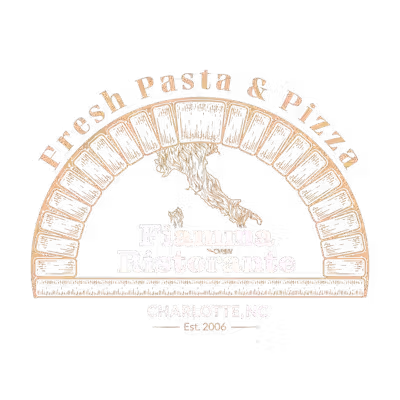The Enduring Elegance of the Myers Park Neighborhood in Charlotte
- Jim Fagan

- May 12
- 2 min read
Updated: May 27
Few Charlotte neighborhoods carry the history, prestige, and timeless charm of Myers Park. With its tree-lined boulevards, elegant homes, and thoughtful urban planning, Myers Park remains one of the Queen City’s most iconic and sought-after places to live.
A Vision Rooted in Planning and Beauty
The story of the Myers Park neighborhood began in the early 1900s on a 1,200-acre cotton farm owned by John Spring Myers. Instead of continuing its agricultural use, Myers envisioned something more enduring: a gracious suburban enclave. In 1911, his son-in-law, George Stephens, took that vision to heart and brought it to life as the neighborhood’s developer.
To ensure the area was more than just another subdivision, Stephens hired renowned planner John Nolen, whose design emphasized natural beauty. Instead of rigid grids, Nolen introduced curving, tree-lined streets that followed the land’s natural contours—a design that set Myers Park apart then and still does today.

Designed to Inspire, Built to Last
Much of the lush greenery that defines Myers Park is thanks to Earle Sumner Draper, a landscape architect who helped shape the neighborhood’s mature canopy and scenic views. Queens Road, designed to include a streetcar line, became the centerpiece of the community—and even though the streetcar is long gone, the wide, grand boulevard remains one of Charlotte’s most picturesque drives.

As Charlotte grew, Myers Park became the neighborhood of choice for many of the city’s prominent families, especially those from the textile, banking, and utility industries. Its homes reflected the era’s finest architectural styles, including Colonial Revival, Tudor Revival, and Craftsman bungalows.

A Historic Neighborhood That Still Shines
Myers Park wasn’t just beautiful—it was forward-thinking. Early on, it featured modern amenities like electricity, paved roads, and street planning that accommodated the rise of the automobile. Features such as cul-de-sacs and winding streets were intentional, offering privacy and reduced traffic—elements still appreciated by residents today.
In 1995, the neighborhood was officially recognized for its historical significance with the creation of the Myers Park Historic District, added to the National Register of Historic Places. Despite Charlotte’s ongoing growth and change, Myers Park has remained remarkably faithful to its original vision—thanks to dedicated preservation efforts and community pride.

Explore Life in Myers Park
Whether you're drawn to its rich history, timeless architecture, or unbeatable location, the Myers Park neighborhood offers a rare combination of beauty, prestige, and convenience. If you're considering a move, explore our Charlotte Buyer’s Guide—and give us a call. We’d be honored to help you find your home in Myers Park.




Comments